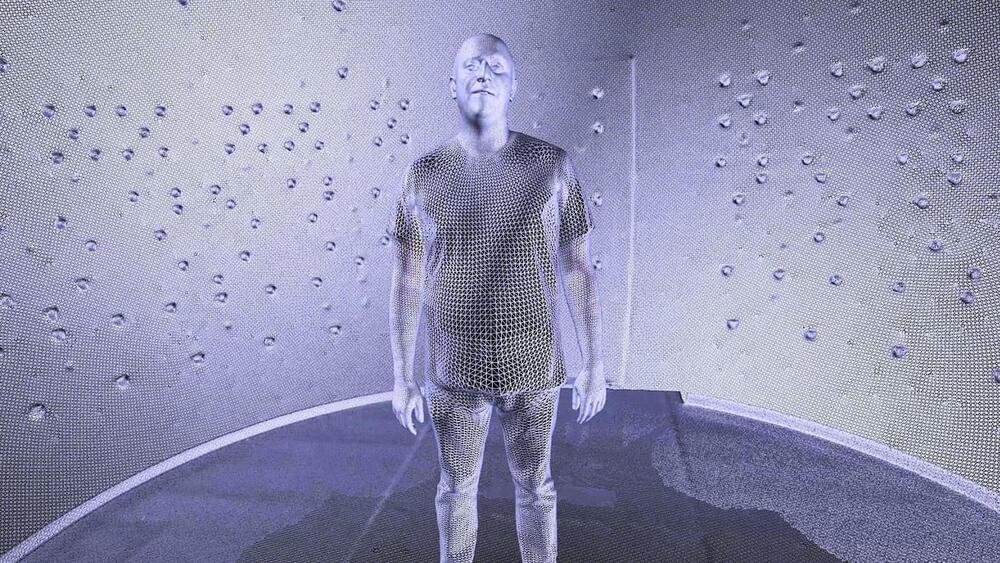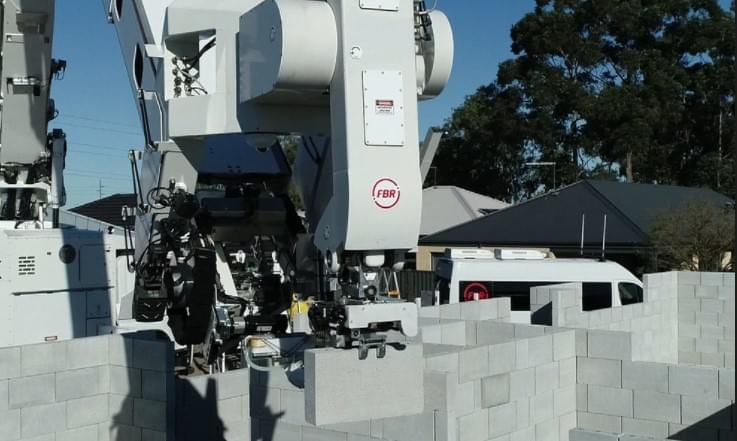You can now buy a reconstructed piece of lost art discovered lurking beneath a famous Picasso painting.



During the Connect 2021 conference last week, Meta Reality Labs’ Chief Scientist, Michael Abrash, offered a high-level overview of some of the R&D that’s behind the company’s multi-billion dollar push into XR and the metaverse.
Michael Abrash leads the team at Meta Reality Labs Research which has been tasked with researching technologies that the company believes could be foundational to XR and the metaverse decades in the future. At Connect 2,021 Abrash shared some of the group’s very latest work.
Meta’s Codec Avatar project aims to achieve a system capable of capturing and representing photorealistic avatars for use in XR. A major challenge beyond simply ‘scanning’ a person’s body is getting it to then move in realistic ways—not to mention making the whole system capable of running in real-time so that the avatar can be used in an interactive context.



Robotic bricklaying company FBR has executed a term sheet with GP Vivienda to supply its Wall as a Service (WaaS) robotic construction system to build between 2,000 and 5,000 homes in Mexico.
The company will also supply all associated retaining walls and other brick and block structures to a greenfield residential development sites.
Construction will utilise the company’s Hadrian X construction robot (pictured) which rapidly builds block structures from a 3D CAD model, producing far less waste than traditional construction methods while dramatically improving site safety.



Tesla is working on moving driver profiles to the cloud in order to sync them between vehicles.
It will make it easier for owners of multiple Teslas and for people renting or sharing Tesla vehicles.
Over the last few years, Tesla has been making moves to build a smooth experience for a self-driving and car-sharing future.

China is the world largest electric vehicle market and not surprisingly, has the world’s highest number of charging points.
According to the China Electric Vehicle Charging Infrastructure Promotion Alliance (EVCIPA) (via Gasgoo), as of the end of September 2,021 there were 2.223 million individual charging points in the country. That’s a 56.8% increase year-over-year.
However, this is the total number, which consists of over 1 million publicly accessible points, and an even higher number of almost 1.2 million private points (mostly for fleets, as we understand).